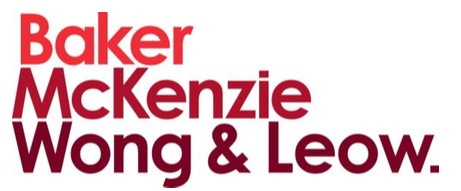14 March, 2020
On 27 September 2019, the Government of Malaysia deposited its instrument of accession to the Madrid Protocol with the World Intellectual Property Organization ("WIPO")’s Director General, making Malaysia the 106th member of the Madrid System, which now covers 122 countries. The Protocol had entered into force for Malaysia on 27 December 2019.
The accession will change the previous single class filing system to the multi-class system, allowing trade mark proprietors to file for registration of their trade marks in multiple classes of goods and services in a single application.
What Is the Madrid Protocol?
The Madrid Protocol refers to the Protocol in relation to the Madrid Agreement concerning the International Registration of Marks as administered by WIPO.
The Madrid System allows brand owners to apply for trade mark protection in up to 122 territories by filing a single international application with the national or regional IP office of a Madrid System member.
With the Madrid System, the process of multinational trade mark registration is streamlined through a single application and management process.
The Madrid Protocol therefore offers an alternative to filing separate applications directly with individual countries where trade mark owners intend to seek registration.
Prior to 27 December 2019, trade mark owners in Singapore who want to protect their trade marks in Malaysia would have to do so by filing national applications for their trade marks with the Malaysia Intellectual Property Office ("MyIPO").
With Malaysia’s accession, eligible applicants will be able to designate Malaysia as one of the designated countries in the international application. The Madrid Union currently has 106 members, covering 122 countries.
Comments
The Madrid Protocol offers a convenient and cost-effective solution for trade mark owners to expand brand protection into new markets. Trade marks can be registered and managed locally for the protection in multiple territories under the Madrid System. This will likely save time and cost of the trade mark owners in managing their global portfolio.
Furthermore, there is a definite examination period of either 12 or 18 months for IP offices to raise an objection to the trade mark application. In the absence of any such objection, the application will gain automatic protection.
However, the Madrid Protocol is not without its shortfalls. One disadvantage is the "central attack" where the rejection of a trade mark application in the home country within 5 years of the application date will result in the rejection of all applications in other territories that are based on that application.
Another limitation of the Madrid Protocol is the inability to transfer trade mark ownership to an owner who is not a resident in a member country without first withdrawing the trade marks from the Madrid System.
For further information, please contact:
Andy Leck, Principal, Baker & McKenzie.Wong & Leow
andy.leck@bakermckenzie.com





